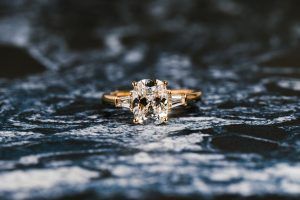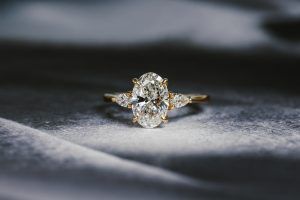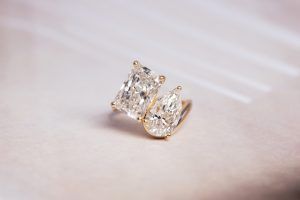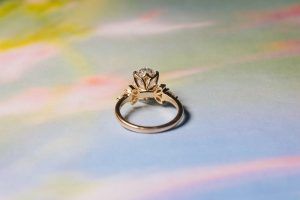
written by Jessica
Platinum vs White Gold Engagement Ring: The Battle of The White Metals
When it comes to engagement rings the focal stone usually gets all the attention. Then come the details alongside the stone like the setting, hidden halo, pave, side stones etc., but the engagement ring metal is a key element to the ring, not to mention it is the part that sits right up against your skin daily.
Last time we talked about “The Battle of the Rectangles: Emerald vs Radiant” this time it’s all about “Platinum vs White Gold: Clash of the Classics🥊”
This one is super detailed. Strap in, let’s get technical!
Platinum vs White Gold Engagement Rings:
White Gold
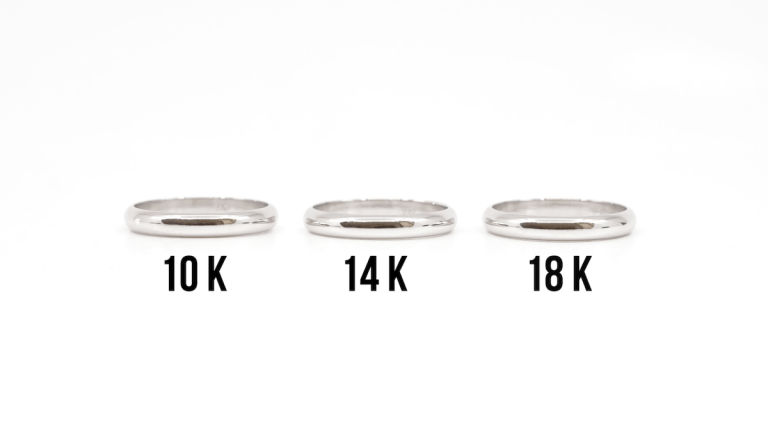
10k, 14k or 18k White Gold?
When it comes to the white gold engagement ring we can do 10k, 14k or 18k. Anything above 18k is just way too soft for an engagement ring, so we’ll keep it within 10k 14k and 18k.

Cerebrum, Premium, Belgium, Helium ….Rhodium?
White gold is actually plated in rhodium. Rhodium is a liquid metal in the platinum family, which is what gives white gold that white lustrous finish. Some people might be thrown off by the fact that they might have to re-plate the engagement ring, but don’t let that wear you down! Re-plating only needs to be done every few years, and fine jewellery really should be maintained anyways.
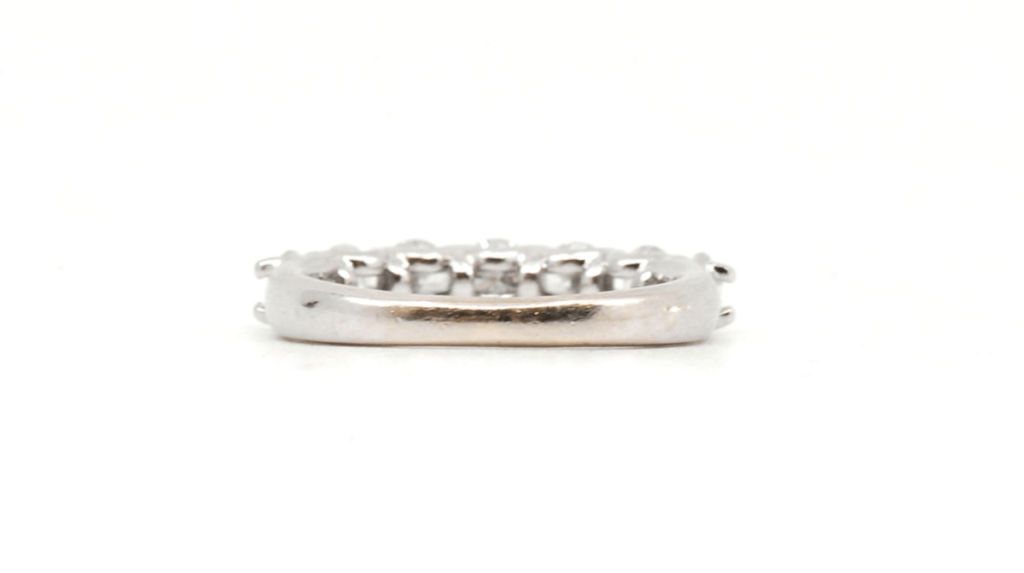
Where you’re really going to be seeing the wearing off is at the bottom of the band, because that is what takes the most wear and tear.
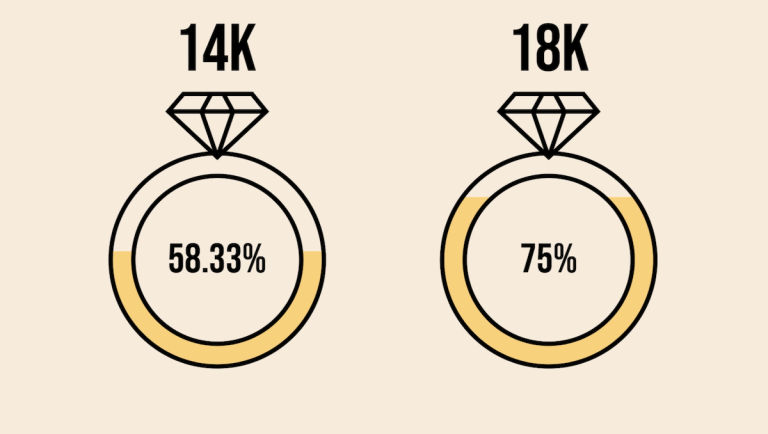
The Difference Between 10k 14k 18k White Gold
This really comes down to the gold composition. As the karat of the gold goes up, the purity of the gold goes up (more gold content) and you start to pay a bigger premium. Visually, since white gold is plated with the rhodium you’re not going to see a difference between the 10k 14k and 18k.
The most popular metal that we work with is the 14k white gold.

Why Choose White Gold and Why Not?
White gold has a nice rigidity to it because one of the mixing alloys we use is nickel. If you want a precious metal that is more durable, we’d recommend going with white gold.
We have had clients who are allergic or sensitive to nickel, so setting the engagement ring in white gold 14k or 18k is a no-no for them. In this decision between the white gold vs platinum engagement ring, we would definitely go with platinum.
The White Gold Look
White gold is a great option if you’re looking for an engagement ring that has that lustrous white finish, which really comes from the rhodium plating.
Look at her, she glows
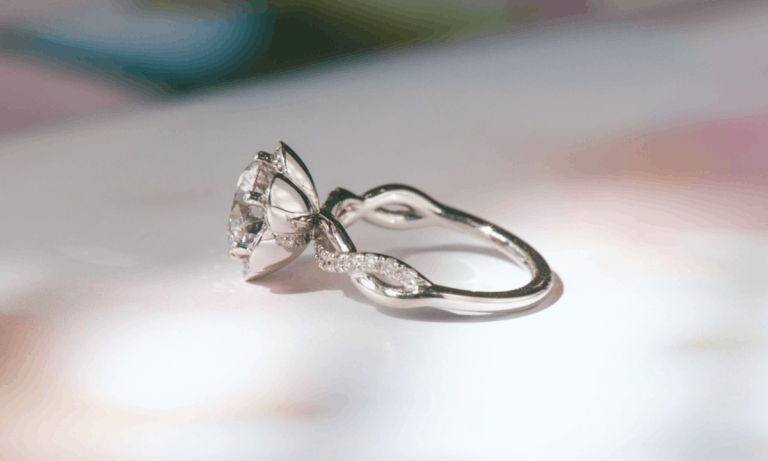
Platinum vs White Gold Engagement Rings:
platinum
Okay it’s like we can hear from the other side of the screen. “We get it! White gold, it’s lustrous, it glows, it’s durable, can we hear about platinum now?”
LET’S GO! Here are some keywords for platinum as a precious metal: High purity content, density, white-grey vintage vibes.
High Purity Content
Let’s start with the high purity content. In order for a ring to be legally stamped platinum, it has to be 95% pure. Usually, it’s mixed in with iridium (another mixing alloy).
If there are any issues with skin sensitivity or allergies, platinum is a great option.
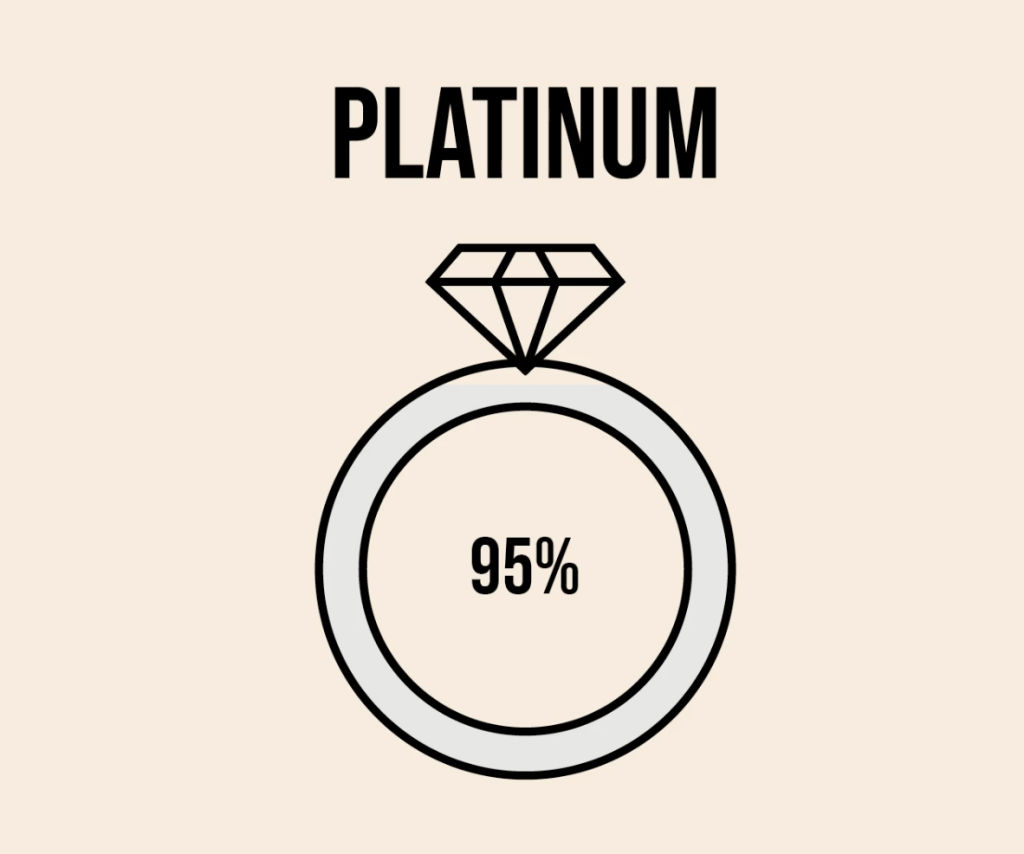
Density
Next: density. Platinum is a very dense metal. If you weigh two exact same rings, one set in 14k white gold and one set in platinum, you can physically feel the platinum engagement ring will be a little heavier.
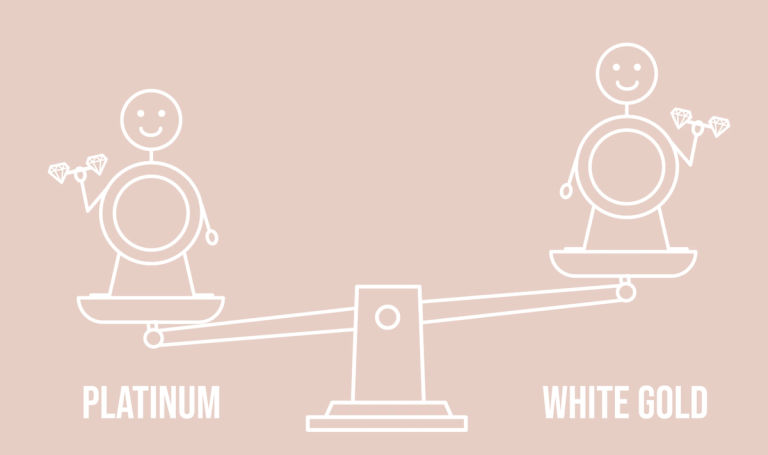
Because of the density, it can often be misunderstood that platinum is more durable. Platinum is indeed dense, but it’s softer on the surface. You’re actually going to see more nicks and scratches on a platinum engagement ring with wear than on a white gold engagement ring.
White-Grey Vintage Vibes
This is where the vintage vibes come to play. One of the biggest differences when considering the platinum vs white gold engagement ring is that platinum does not have to be plated like white gold. Platinum is a white metal yes, but it’s more of a white-grey metal which works great for those who love a more vintage, lived-in vibe to their engagement ring.

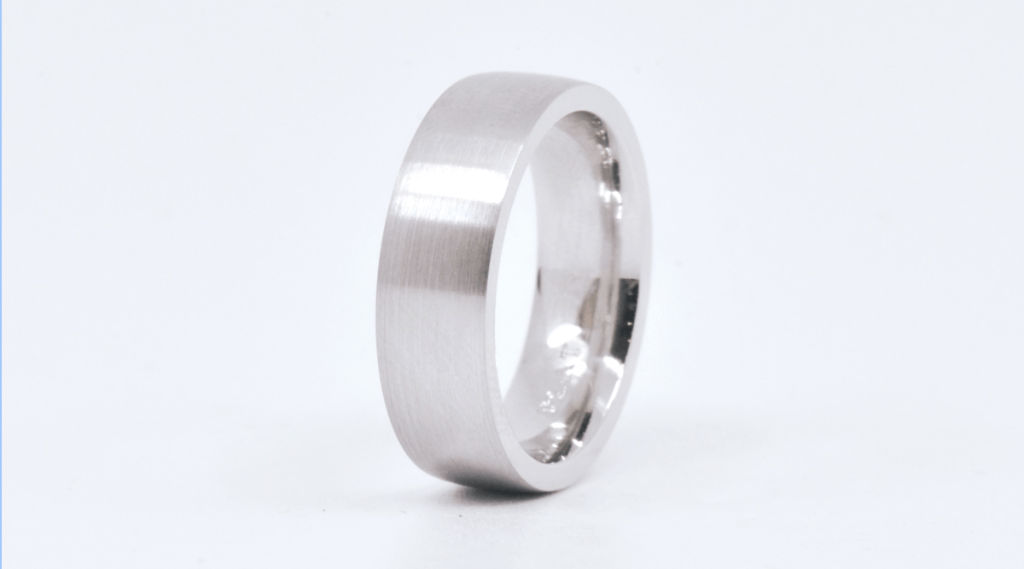
We also have found that men love it for their wedding bands, since it takes on a more distressed look. It really becomes a creation of the wearer.
Cost
The other thing to consider is, you’re going to pay a bigger premium for a platinum vs white gold engagement ring, because the material purity content of the platinum is way higher than white gold since even at 18k we’re at 75% gold vs platinum which is at 95%.
Labour costs are also higher in platinum vs white gold engagement rings. Our jewellers that can set in gold cannot set in platinum, and our platinum jewellers work at higher temperatures and are specialists.

There you have it, the platinum vs white gold engagement ring! If you want to learn more about how to choose you engagement ring metal check out this blog post.
So which white metal won your heart? Or perhaps you’re still unsure and want to compare the metals side by side. Contact us, we’ll book you in and we’ll guide you through it.
Ciao for now!




